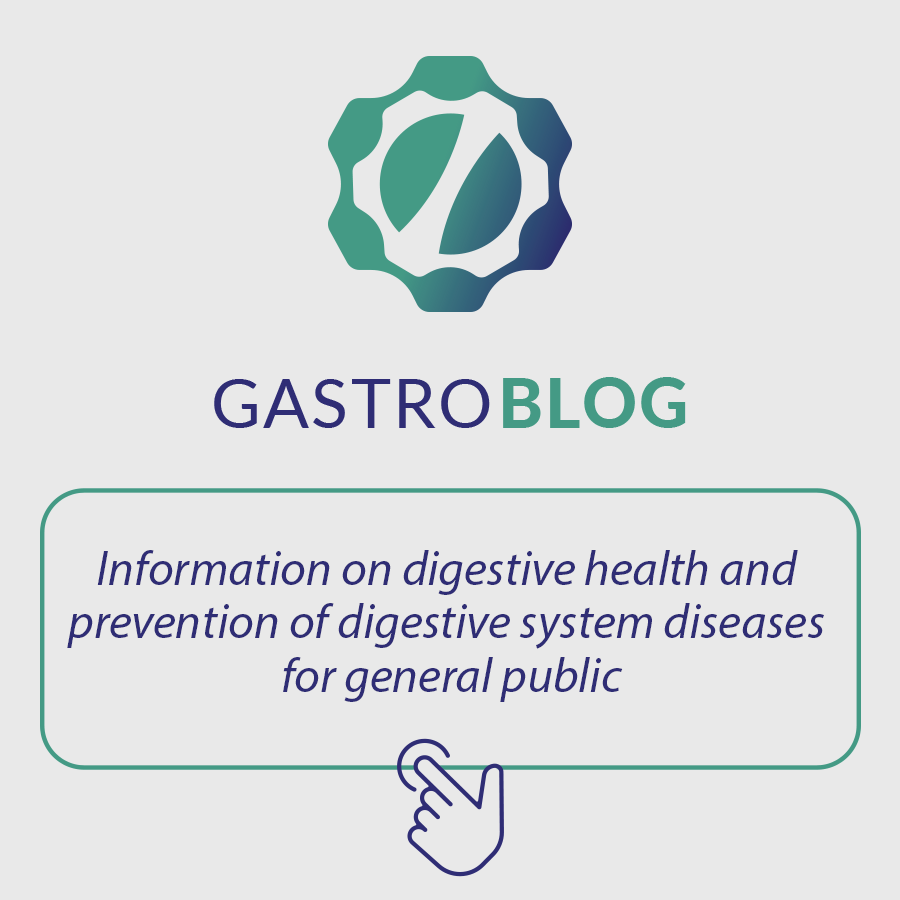Obesity is a public health problem with increasing incidence. In this article we will discuss its concept, etiology, classification and consequences.
- Concept and epidemiology
- Consequences of obesity
- Metabolic syndrome
- Classification
- Etiology
1. Concept and epidemiology
Obesity can be defined by the accumulation of localized or generalized fatty tissue, caused by nutritional imbalance, associated or not with genetic or endocrine-metabolic disorder.
Obesity is a chronic disease whose prevalence is increasing in adults, children and adolescents and is currently considered a global epidemic. Once considered a problem of developed countries, obesity is now becoming a major health problem also in developing countries.
Obesity in adults is related to reduced life expectancy
The sedentary lifestyle associated with diets high in calories including not only carbohydrates, but also saturated fats, sugar and salt, has contributed to the increase in obesity, especially after the 80s.
- According to the WHO, in 2015 there were 600 million adults with obesity.
- In the USA, 9.2% of the population are morbidly obese (class III), (BMI > 40 kg/m2).
- In Brazil obesity affected 12.2% of the adult population in 2002-2003 and rose to 26.8% in 2020, according to IBGE
- 29.5% of women are obese — practically one in three — compared to 21.8 of men.
- Overweight, on the other hand, was found in 62.6% of women and 57.5% of men.
2. Consequences of obesity
Severe obesity (type III) is associated with a significant increase in morbidity and mortality. On the other hand, weight loss is associated with a reduction in morbidity associated with obesity.
These are pathological states aggravated by the presence of obesity and that are improved by its control, among the most frequent:
- HAS
- DM II
- Peripheral vascular insufficiency
- Cholelithiasis
- Arthropathies
- Coronary insufficiency
- Dyslipidemias
- Hepatic steatosis
- Sleep apnea
- Urinary incontinence
- GERD
- Physical limitation conditions and others.
The mortality of severe obese is 250% higher than non-severe.
Mortality from cancer, especially endometrial, is also increased for obese.
Metabolic syndrome
Metabolic Syndrome corresponds to a set of diseases whose basis is insulin resistance. When present, Metabolic Syndrome is related to a general mortality twice as high as in the normal population and cardiovascular mortality three times higher.
According to Brazilian Consensus, Metabolic Syndrome occurs when three of the five criteria below are present:
- Central obesity – waist circumference greater than 88 cm in women and 102 cm in men;
- Arterial Hypertension – systolic blood pressure ? 130 and/or diastolic blood pressure ? 85 mmHg;
- Altered glycemia (glycemia ? 110 mg/dl) or diagnosis of Diabetes;
- Triglycerides ? 150 mg/dl;
- HDL cholesterol ? 40 mg/dl in men and ? 50 mg/dl in women
* If BMI >30, the abdominal circumference does not need to be determined as central obesity is presumed.
3. Classification
The main index to measure and classify the degree of obesity is the BMI, due to its ease of application and correlation with morbidity and mortality risks.
| Classification | BMI (kg/m2) |
|---|---|
| Underweight | < 18,5 |
| Normal Weight | 18,5 to 24,9 |
| Overweight | 25 to 29,9 |
| Obesity grade I or mild | 30 – 34,9 |
| Obesity grade II or moderate | 35 – 39,9 |
| Obesity grade III or severe | ? 40 |
| Superobese | ? 50 |
Another useful measure, especially in Asians and patients with BMI between 25-35 is the measurement of abdominal circumference, since central obesity (associated with higher cardiometabolic risks) may not be captured in these patients.
- AC > 102 cm male sex
- AC > 88 cm female sex
Note: Asian population admits > 90 (male) and >80 (female)
4. Etiology
There are multiple factors that can contribute to the development of obesity
- Genetics: child with an obese parent has a 3-4 x higher risk of developing obesity. Two obese parents, the risk is 10 x higher
- Age: tendency to weight gain
- Habits and lifestyle: consumption of caloric, fatty foods, salt, sugar, sedentary lifestyle
- Medications: some antidepressants, antipsychotics, anticonvulsants, hypoglycemic agents (insulin and sulfonylureas), contraceptive hormones
- Comorbidities: hypothyroidism, cushing’s syndrome
- Intestinal microbiota: increasing evidence of the role of the microbiota
How to cite this article
Martins BC. Obesity: concept, consequences and classification. Gastropedia, vol I, 2023. Available at: gastropedia.com.br/cirurgia/obesidade/obesidade-conceito-consequencia-classificacao
Professor Livre-Docente pela Faculdade de Medicina da Universidade de São Paulo
Médico Endoscopista do Instituto do Câncer do Estado de São Paulo (ICESP)
Médico Endoscopista do Hospital Alemão Oswaldo Cruz
Emerging Star pela WEO


